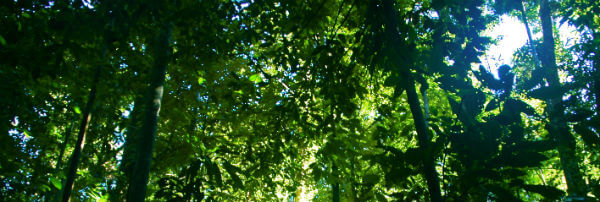
David Grinspoon writes: Can a planet be alive? Lynn Margulis, a giant of late 20th-century biology, who had an incandescent intellect that veered toward the unorthodox, thought so. She and chemist James Lovelock together theorized that life must be a planet-altering phenomenon and the distinction between the “living” and “nonliving” parts of Earth is not as clear-cut as we think. Many members of the scientific community derided their theory, called the Gaia hypothesis, as pseudoscience, and questioned their scientific integrity. But now Margulis and Lovelock may have their revenge. Recent scientific discoveries are giving us reason to take this hypothesis more seriously. At its core is an insight about the relationship between planets and life that has changed our understanding of both, and is shaping how we look for life on other worlds.
Studying Earth’s global biosphere together, Margulis and Lovelock realized that it has some of the properties of a life form. It seems to display “homeostasis,” or self‐regulation. Many of Earth’s life‐sustaining qualities exhibit remarkable stability. The temperature range of the climate; the oxygen content of the atmosphere; the pH, chemistry, and salinity of the ocean—all these are biologically mediated. All have, for hundreds of millions of years, stayed within a range where life can thrive. Lovelock and Margulis surmised that the totality of life is interacting with its environments in ways that regulate these global qualities. They recognized that Earth is, in a sense, a living organism. Lovelock named this creature Gaia.
Margulis and Lovelock showed that the Darwinian picture of biological evolution is incomplete. Darwin identified the mechanism by which life adapts due to changes in the environment, and thus allowed us to see that all life on Earth is a continuum, a proliferation, a genetic diaspora from a common root. In the Darwinian view, Earth was essentially a stage with a series of changing backdrops to which life had to adjust. Yet, what or who was changing the sets? Margulis and Lovelock proposed that the drama of life does not unfold on the stage of a dead Earth, but that, rather, the stage itself is animated, part of a larger living entity, Gaia, composed of the biosphere together with the “nonliving” components that shape, respond to, and cycle through the biota of Earth. Yes, life adapts to environmental change, shaping itself through natural selection. Yet life also pushes back and changes the environment, alters the planet. This is now as obvious as the air you are breathing, which has been oxygenated by life. So evolution is not a series of adaptations to inanimate events, but a system of feedbacks, an exchange. Life has not simply molded itself to the shifting contours of a dynamic Earth. Rather, life and Earth have shaped each other as they’ve co-evolved. When you start looking at the planet in this way, then you see coral reefs, limestone cliffs, deltas, bogs, and islands of bat guano as parts of this larger animated entity. You realize that the entire skin of Earth, and its depths as well, are indeed alive. [Continue reading…]

